The Baltic States, St. Petersburg, and Moscow
September 26 - October 14, 2013
Part Five - Moscow, Russia
Page Two - Cathedral of Christ the Saviour and Novodevichy Convent area
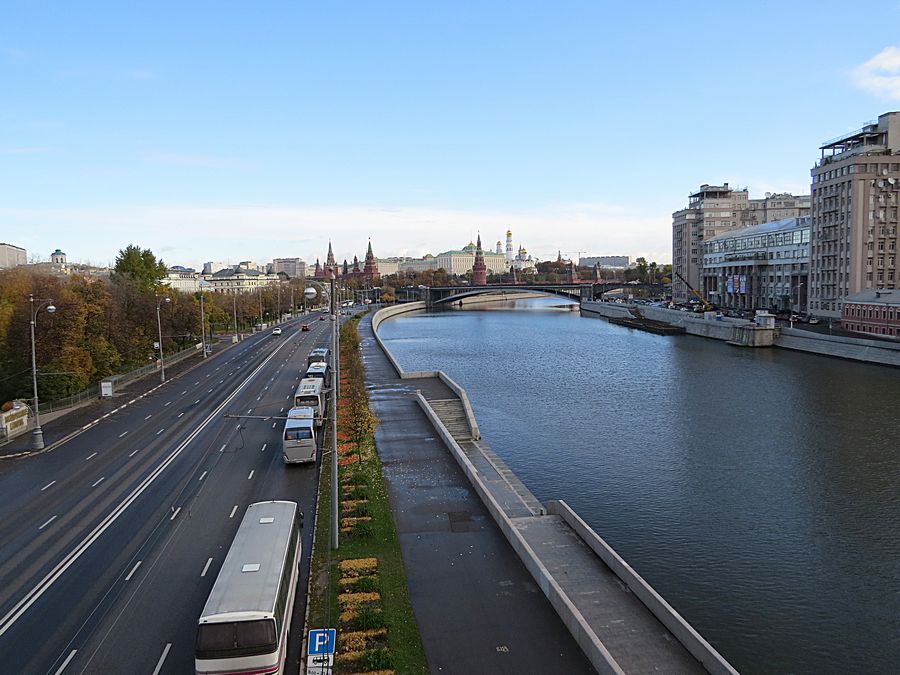
View from bridge near Cathedral of Christ the Saviour. Red Square and
the Kremlin are in the distance along the Moscow River.

Cathedral of Christ the Saviour is a cathedral in Moscow on the northern
bank of the Moscow River, a few blocks southwest of the Kremlin. With
an overall height of 338 ft, it is the tallest Orthodox Christian church
in the world.

When Napoleon Bonaparte retreated from Moscow, Emperor Alexander I
signed a manifest, December 25, 1812, declaring his intention to build a
cathedral in honor of Christ the Saviour " to signify our gratitude to Divine
Providence for saving Russia from the doom that overshadowed Her"
and as a memorial to the sacrifices of the Russian people. It took some
time for actual work on the projected cathedral to get started. The
first finished architectural project was endorsed by Alexander I in 1817.
It was a flamboyant Neoclassical design full of Freemasonic symbolism.
Construction work was begun on the Sparrow Hills, the highest point in
Moscow, but the site proved insecure. In the meantime Alexander I
was succeeded by his brother Nicholas I. Very Orthodox and
patriotic, the new Tsar disliked the Neoclassicism and Freemasonry of
the project selected by his brother. He commissioned his favorite
architect Konstantin Thon to create a new design, taking as his model
Hagia Sophia in Constantinople, Turkey. Thon's Russian Revival design
was approved in 1832, and a new site, closer to the Moscow Kremlin, was
chosen by the Tsar in 1837. A convent and church on the site had to be
relocated, so that the cornerstone was not laid until 1839.

Girl posing for her parents in front of the Cathedral.

View of a park near Cathedral of Christ the Saviour

The cathedral took many years to build and did not emerge from its
scaffolding until 1860. The cathedral was consecrated in May 1883, the
day before Alexander III was crowned. Although Tchaikovsky's 1812
Overture was written with the building's completion in mind, it did
not debut here. The ground floor of the gallery was a memorial dedicated
to the Russian victory over Napoleon. The walls displayed marble plaques
listing major commanders, regiments, and battles of the Patriotic War
of 1812. The second floor of the gallery was occupied by church choirs.
The giant dome of the cathedral for the first time in history was gilded
using the technique of gold electroplating, replacing the older and
insecure technique of mercury gilding. Under the state atheism espoused
by the USSR, many church institutions were systematically destroyed in
the 1921-1928 antireligious campaign. As a result, after the Revolution
and, more specifically, the death of Vladimir Lenin, the prominent site
of the cathedral was chosen by the Soviet leader Joseph Stalin as the site
for a monument to socialism known as the Palace of the Soviets. This
monument was to rise in modernistic, buttressed tiers to support a
gigantic statue of Lenin perched on top of a dome with his arm raised
in the air. The economic development in Russia during the 1930s required
funds, and the government was short on funds. On December 5, 1931, by
order of Stalin's minister Kaganovich, the Cathedral of Christ the Saviour
was dynamited and reduced to rubble. Some of the marble from the
walls and marble benches from the cathedral were used in nearby
Moscow Metro stations. In February 1990, the Russian Orthodox Church
received permission from the Soviet Government to rebuild the Cathedral
of Christ the Saviour. The restorer Aleksey Denisov was called upon to
design a replica of extraordinary accuracy. A construction fund was
initiated in 1992 and funds began to pour in from ordinary citizens in
the autumn of 1994 and the cathedral reconstruction commenced.
The completed Cathedral of Christ the Saviour was consecrated
in August 2000.

The Peter the Great Statue is a monument to Peter the Great, located
at the western confluence of the Moscow River and the Vodootvodny
Canal in central Moscow. It was designed by the Georgian designer
Zurab Tsereteli to commemorate 300 years of the Russian Navy,
which Peter the Great established. It was erected in 1997 and is the
eighth tallest statue in the world. It weighs around 1,000 tons and
contains 600 tons of stainless steel, bronze and copper. In November
2008, it was voted the tenth ugliest building in the world by Virtual
Tourist. In 2010, it was included in a list of the world's ugliest statues
by Foreign Policy magazine. Muscovites were sceptical about the whole
concept. Why pay tribute to Peter the Great, who hated Moscow and
moved the capital to St Petersburg?
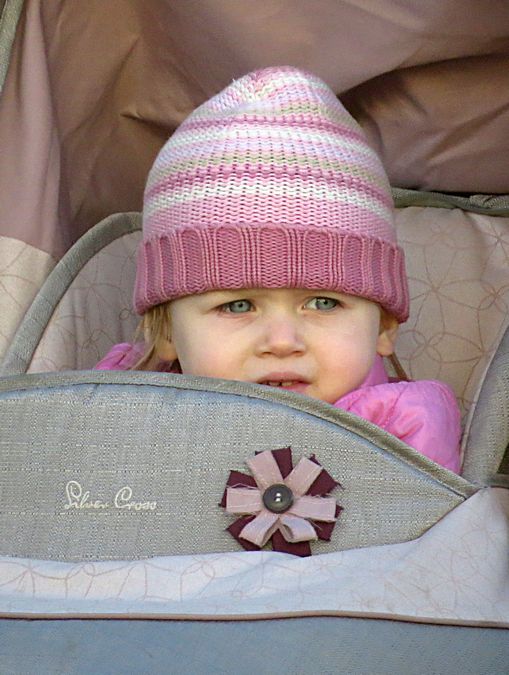

Novodevichy Convent, also known as Bogoroditse-Smolensky Monastery
is probably the best-known cloister of Moscow. Its name, sometimes
translated as the New Maidens' Monastery, was devised to differ from an
ancient maidens' convent within the Moscow Kremlin. Unlike other
Moscow cloisters, it has remained virtually intact since the 17th century.
In 2004, it was proclaimed a UNESCO World Heritage Site.
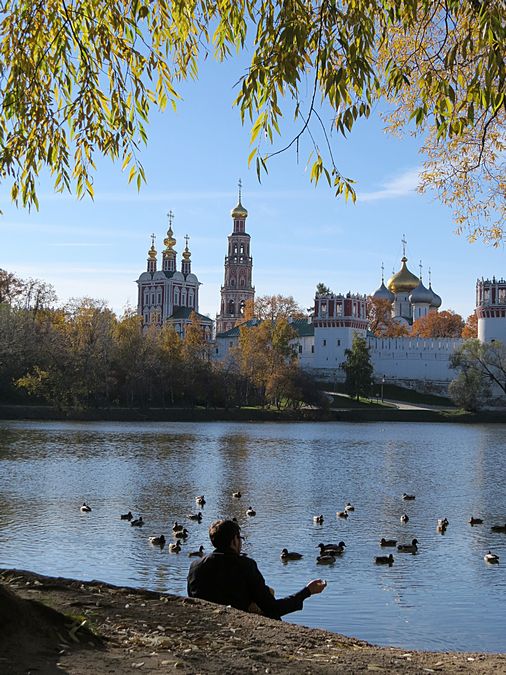
The nearby Novodevichy Pond is lovely. In winter this is a favorite
place for skating.
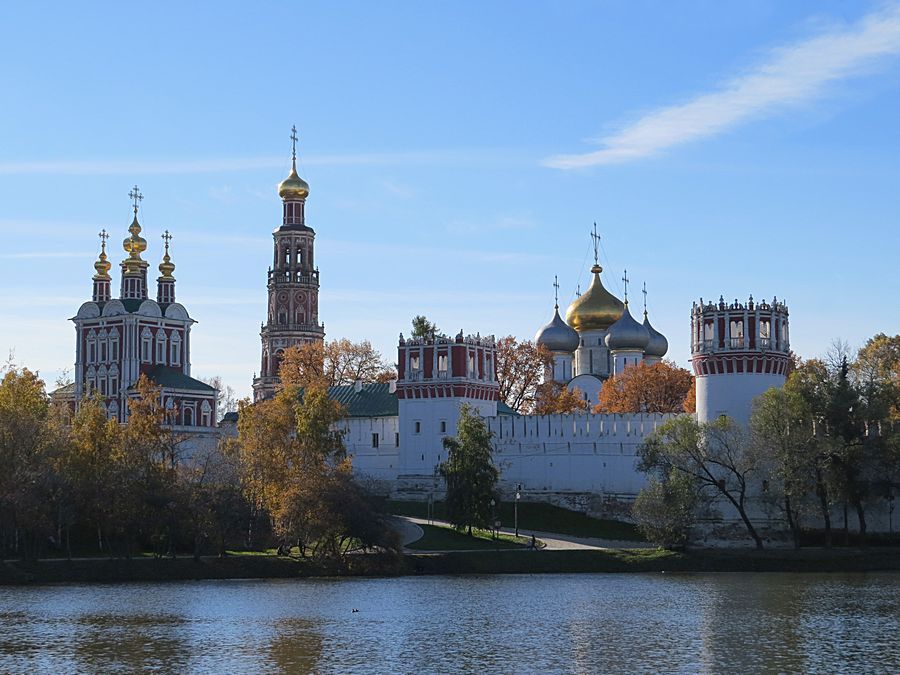

Brass ducks by the pond were given by Barbara Bush to the children of
Russia but were later stolen by thieves. They have since been replaced.

The brass ducks are very popular with Russian kids.

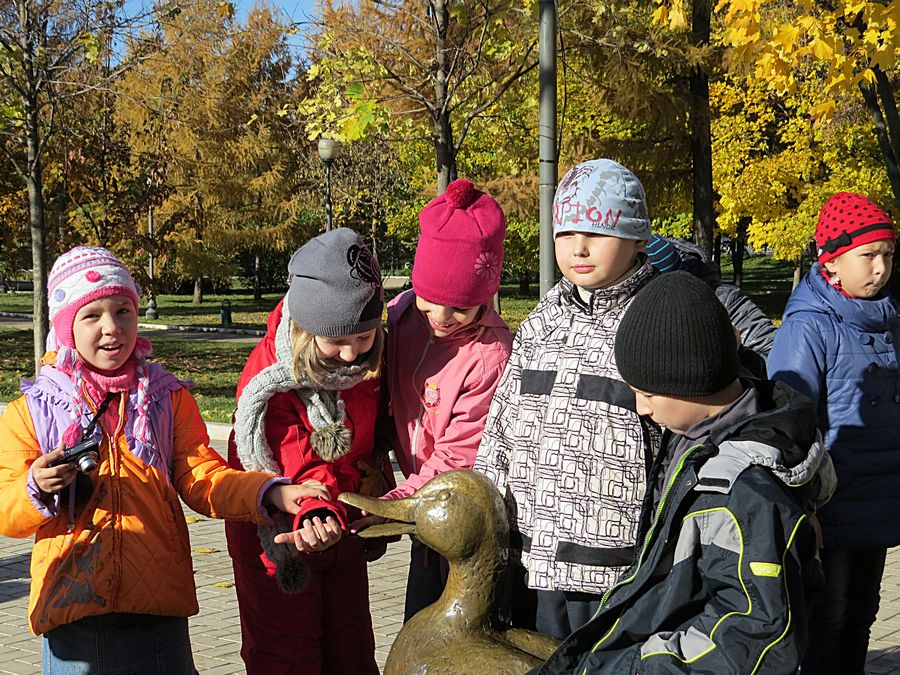

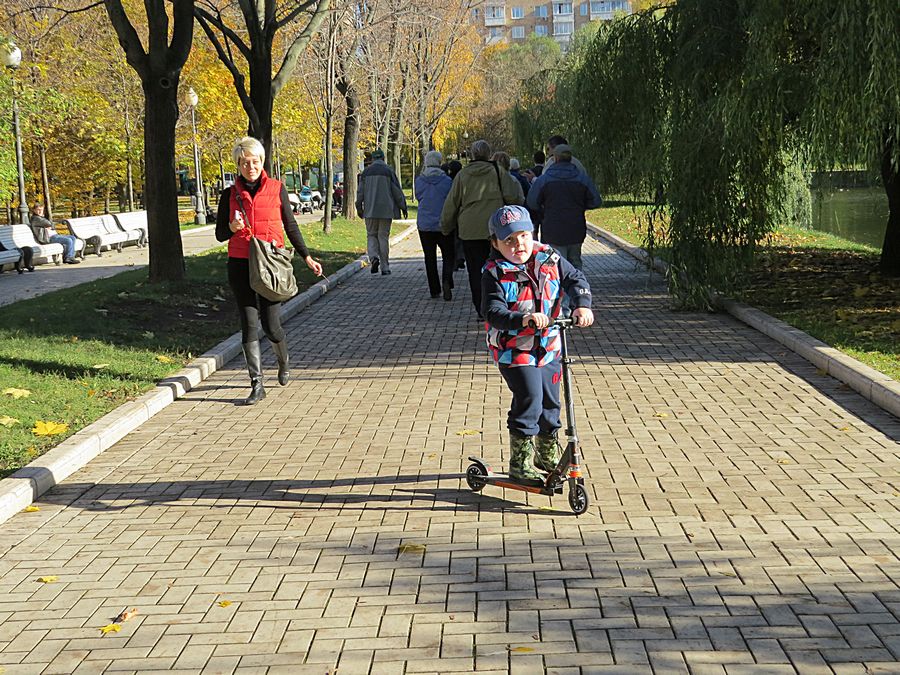
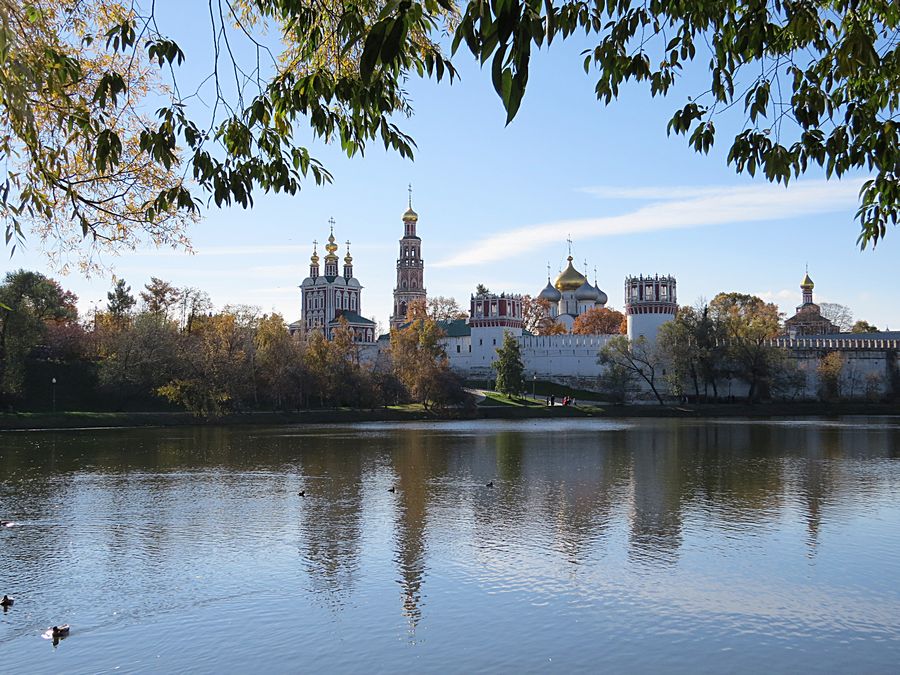
Another view of the pond and the convent as we were leaving.
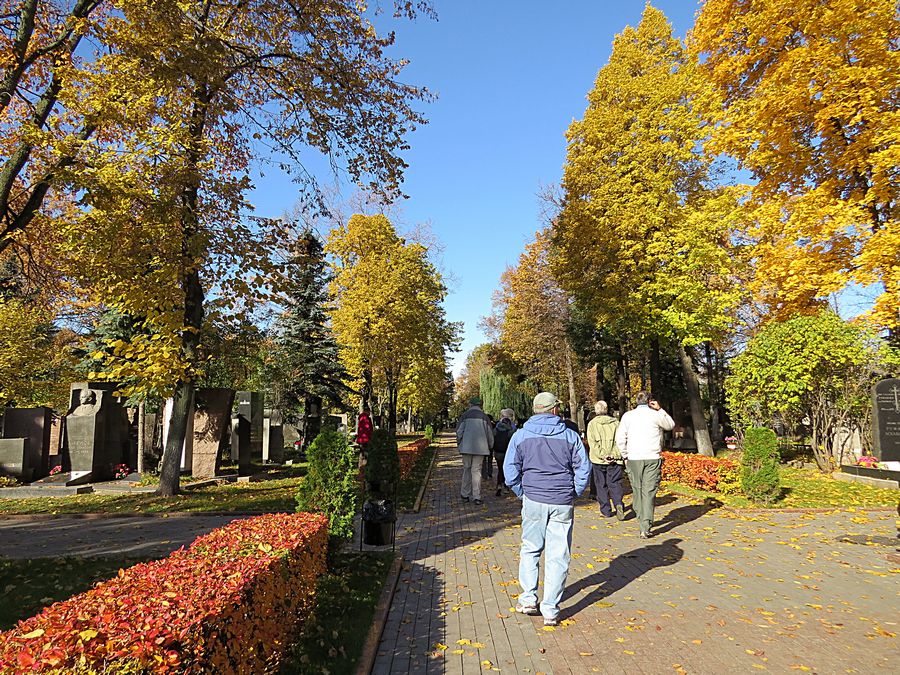
Novodevichy Cemetery. Like other Moscow monasteries, the New Maidens'
Monastery was coveted by the Russian nobility as a place of burial.
Many prominent Muscovites were buried within convent walls. The
Napoleonic hero Denis Davydov is also buried in the grounds. In 1898,
the Novodevichy Cemetery, shown here, was opened without monastery
walls. Anton Chekhov was one of the first notables to be interred at the
new necropolis, and Nikolai Gogol was later reburied there too. During
the Soviet era, it was turned into the most high-profile cemetery in
the Soviet Union.

Scenes in the cemetery
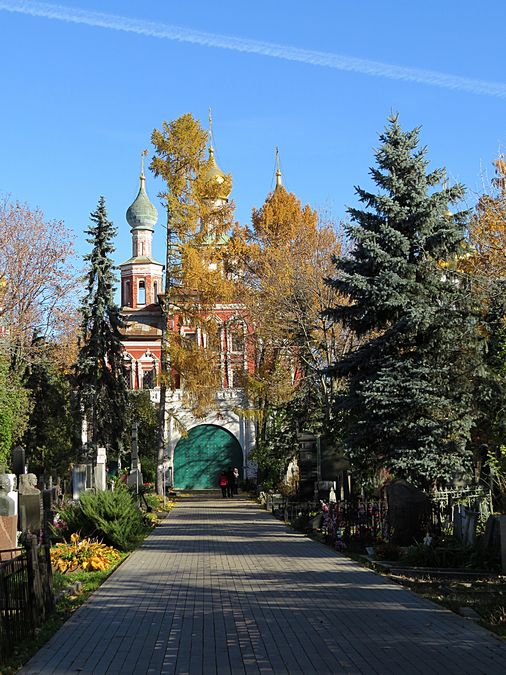

The cemetery was designed by Ivan Mashkov and inaugurated in 1898.
Its importance dates from the 1930s, when the necropolies of the medieval
Muscovite monasteries were scheduled for demolition. The remains of many famous
Russians buried in other abbeys, such as Nikolai Gogol and Sergey Aksakov,
were disintered and reburied at the Novodevichy. A 19th-century
necropolis within the walls of the Novodevichy convent, which
contained the graves of about 2000 Russian noblemen and university
professors, also underwent reconstruction. The vast majority of graves
were destroyed. It was at that time that the remains of Anton Chekhov
were moved outside the monastery walls. His grave served as the kernel
of the so-called "cherry orchard" - a section of the cemetery which
contains the graves of Constantin Stanislavski and the leading actors
of his company.

Nikita Khrushchev's grave. He led the Soviet Union during part of
the Cold War and will partly be remembered for removing his
shoe and pounding a table in protest against a speech at the United Nations
critical of Soviet policy in Eastern Europe. Under Soviet rule, burial in this
Cemetery was second in prestige only to burial in the Kremlin Wall
Necropolis. Among the Soviet leaders, only Khrushchev was buried
at the Novodevichy rather than at the Red Square. Since the fall of the
Soviet Union, the Kremlin Wall is no longer used for burials and the
Novodevichy Cemetery is used for only the most symbolically significant
burials. For example, in April 2007, within one week both the first President
of the Russian Federation Boris Yeltsin and world renowned cellist Mstislav
Rostropovich were buried here. Today, the cemetery holds the tombs of
Russian authors, musicians, playwrights, and poets, as well as famous actors,
political leaders, and scientists. More than 27,000 are buried at Novodevichy.
There is little space left for more burials. A new national cemetery is under
construction north of Moscow.

Tourists and family members of those buried here touring the cemetery.


The grave of writer and dramatist Anton Chekhov, 1860 - 1904.
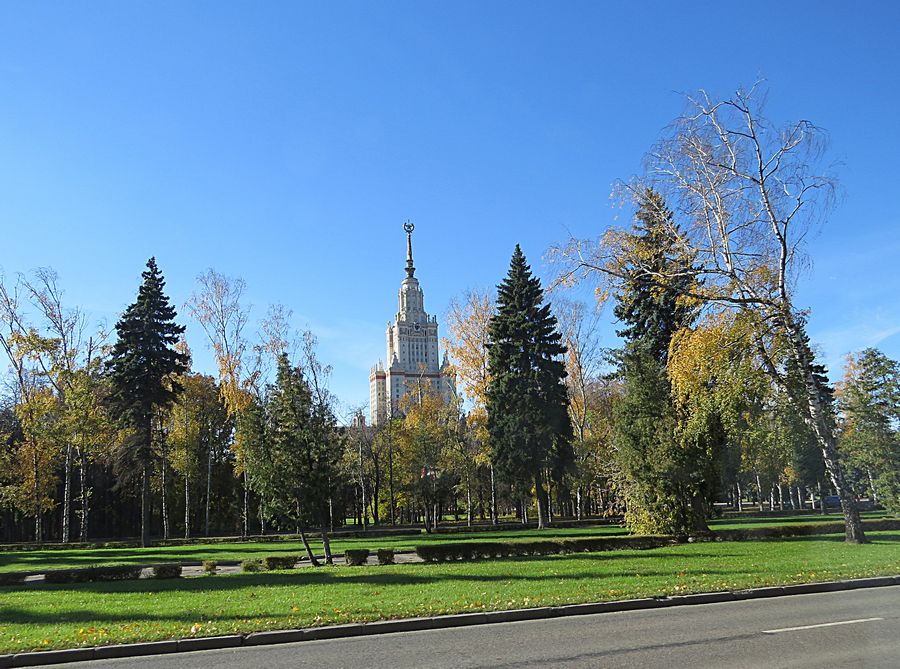
Lomonosov Moscow State University previously known as Lomonosov
University or MSU is the oldest and largest university in Russia. Founded
in 1755, the university was renamed in honor of its founder, Mikhail
Lomonosov, in 1940. It also claims to have the tallest educational building
in the world.

Sparrow Hills, known as Lenin Hills between 1935 and 1991, is a hill
on the right bank of the Moscow River and one of highest points in
Moscow, reaching a height of 720 ft, or 200–230 ft above the river level.
The observation platform, which gives a good panoramic view of the city,
is on a steep bank above the river.
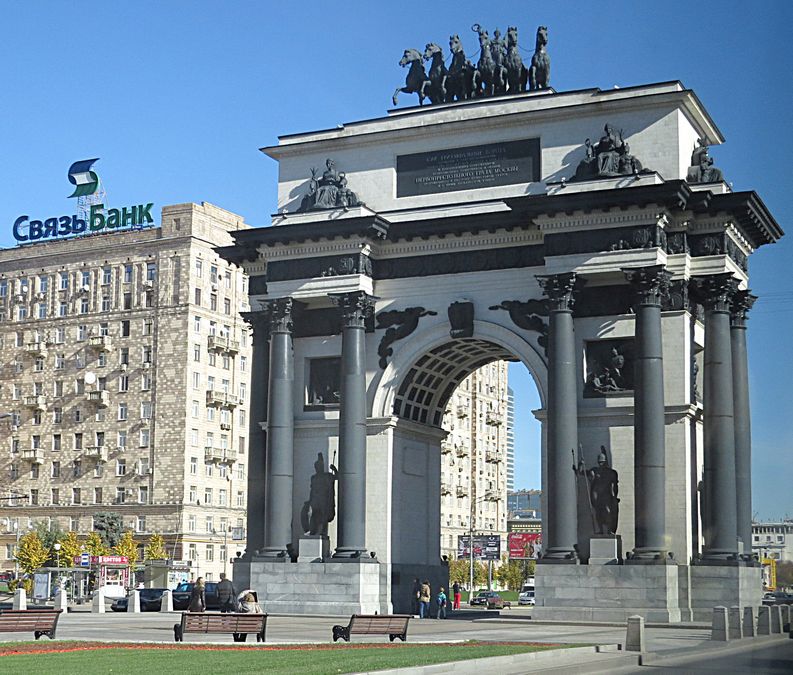
The third and the oldest surviving Triumphal Arch in Moscow was built
in 1829-34 on Tverskaya Gate Square to Joseph Bove's designs in order
to commemorate Russia's victory over Napoleon. It replaced an earlier
wooden structure built by the veterans of the Napoleonic Wars in 1814.
The arch was built in brick and lined with ashlar. The columns and statues
were of cast iron. A seiuga (six-horse chariot) was designed by Giovanni
Vitali. The bilingual inscription in Russian and Latin ran as follows:
To the blessed memory of Alexander I who raised from ashes and adorned
with many memorials of paternal care this former capital that had been
committed to the mercy of fire during the invasion of the Gauls and twelve
other nations. The arch was dismantled in 1936 as part of Joseph Stalin's
reconstruction of downtown Moscow. The current arch was
built to Bove's original designs in 1966-68 in the middle of Kutuzov Avenue,
close to the Victory Park. An open space surrounding the arch is known
as the Victory Square.
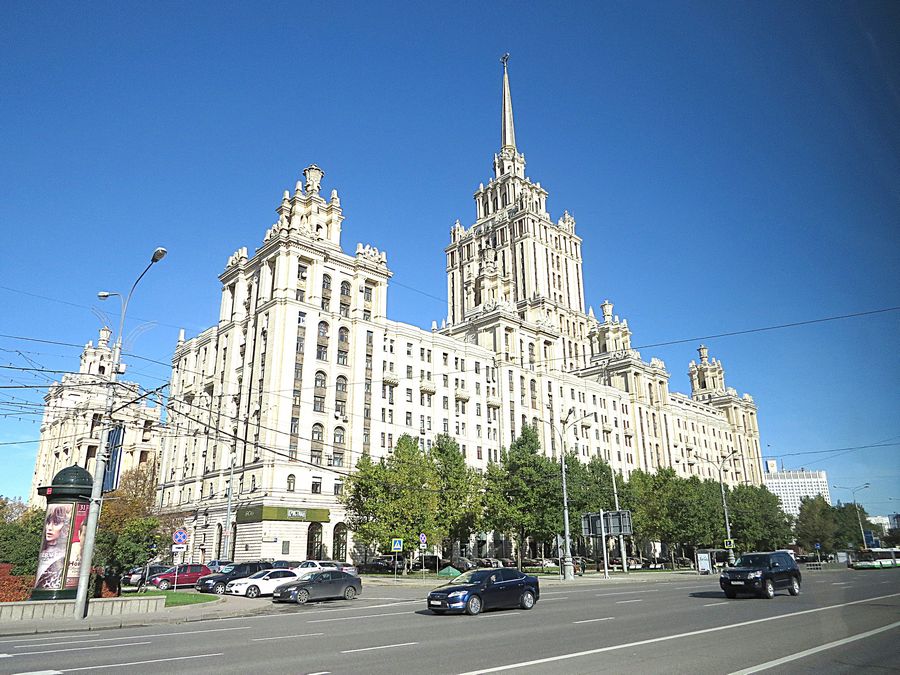
One of the Seven Sisters, a group of seven skyscrapers in Moscow designed
in the Stalinist style. The term "Seven Sisters" is neither used nor understood
by the local population, Muscovites call them Vysotki or Stalinskie Vysotki
meaning "(Stalin's) high-rises" (or "Stalinist skyscrapers"). They were built
from 1947 to 1953, in an elaborate combination of Russian Baroque and
Gothic styles, and the technology used in building American skyscrapers. The
"sisters" are Hotel Ukraina, Kotelnicheskaya Embankment Apartments, Kudrinskaya
Square Building, the Hotel Leningradskaya, the Ministry of Foreign Affairs,
the main building of the Moscow State University, and the Red Gates
Administrative Building. This Stalinist style of architecture, is
also known as a "wedding cake" style because of the skyscrapers' tiered
construction.
Link to Page Three -Moscow Metro and Red Square
Link to Part One - Lithuania
Link to Part Two - Latvia
Link to Part Three - Estonia
Link to Part Four - St. Petersburg, Russia
Pat's Home Page